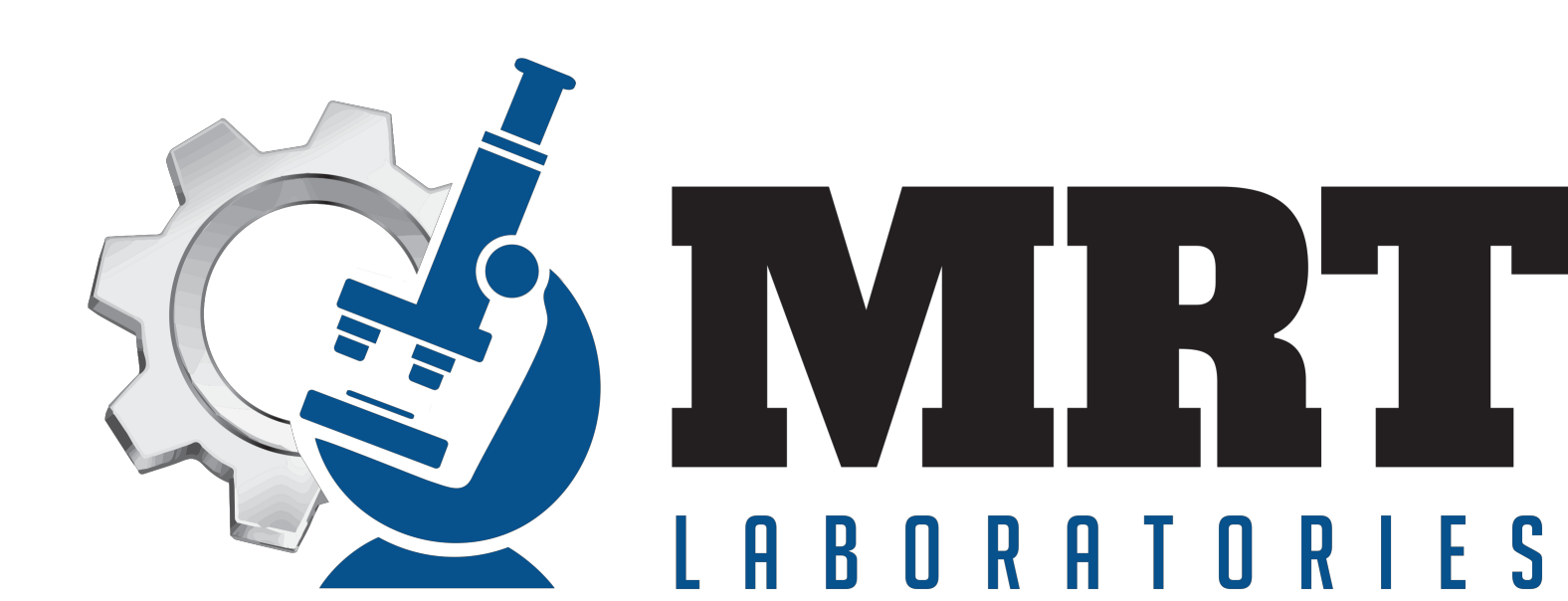A: The visual appearance of an oil sample is the most cost effective method to know whether the lubricant is saturated with water. If the oil is transparent and bright then the amount of water in the sample is below the saturation point and the water is dissolved. This condition promotes optimal lubrication. In addition, with laboratory analysis we quantify the concentration of water in parts per million and provide guidance on how much is too much.
A: Viscosity.
A: The appearance of oil is the most powerful oil analysis tool in the field that you can monitor and control without purchasing testing equipment. Maintain a healthy appearance of oil that is clean and bright. If a sample looks contaminated, cloudy, or full of debris, then take action to improve the appearance. The action could be as simple as draining a small quantity of lubricant from the reservoir to remove stagnant debris.
A: If you have the budget, then yes. Although have you already concluded why an existing mineral oil is inadequate, espcially if the OEM allows for a mineral oil alternative? Is there something else you could do from a maintenance perspective that would improve the lubrication regime without having to spend more money on synthetic lubricants? Complete a cost benefit analysis that's defensible before making the switch.
A: Maybe, but first find out the cause of the foaming. Has this been an issue since day one of intial equipment start up, and if not, what changed that's possibly contributing to this new issue? Foaming Tendency ASTM D892 is a simple and effective laboratory test that decisiviely determines whether the lubricant can break down foaming in an acceptable period of time and in a manner that's comparable to new specification.
A: Step one toward improving oil cleanliness is filtering your new oil prior to service. Over time, as you top off the oil in existing lube systems with clean new oil the cleanliness will improve on many units. Step two is to monitor the filter change dates and create an optimal process to whether filters are changed on a set schedule and/or by a condition-based necessity. Step three is to use good filters. Don't use cheap filters. They can shed filter media debris into the oil and although the debris will not be harmful to the equipment, it will increase particles per milliliter of sample and increase the ISO 4406 code. Lastly, we never recommend reducing the micron size of a filter unless it's not only recommended by the OEM, but also fully vetted that a smaller size filter is the only remaining option that could fix the cleanliness issue.
A: We have a library of hundreds of different lubricants and alarm settings on the oil analysis reports are set specifically to the lubricant and to the application. Always let us know what specific oil is in service whenever possible.
A: If the sample smells like gasoline then yes, it's contaminated with gasoline. If the closed cup flash point of a sample of diesel is less than 120 F then yes, it's contaminated with something that's not diesel and the fuels is unuseable.
A: No.
A: In most cases no, unless there is a signture element in the additive package which is uncommon.
A: A short email or call to MRT is the most efficient method for this and if you are an existing customer this can be completed using MRT Tracker.

